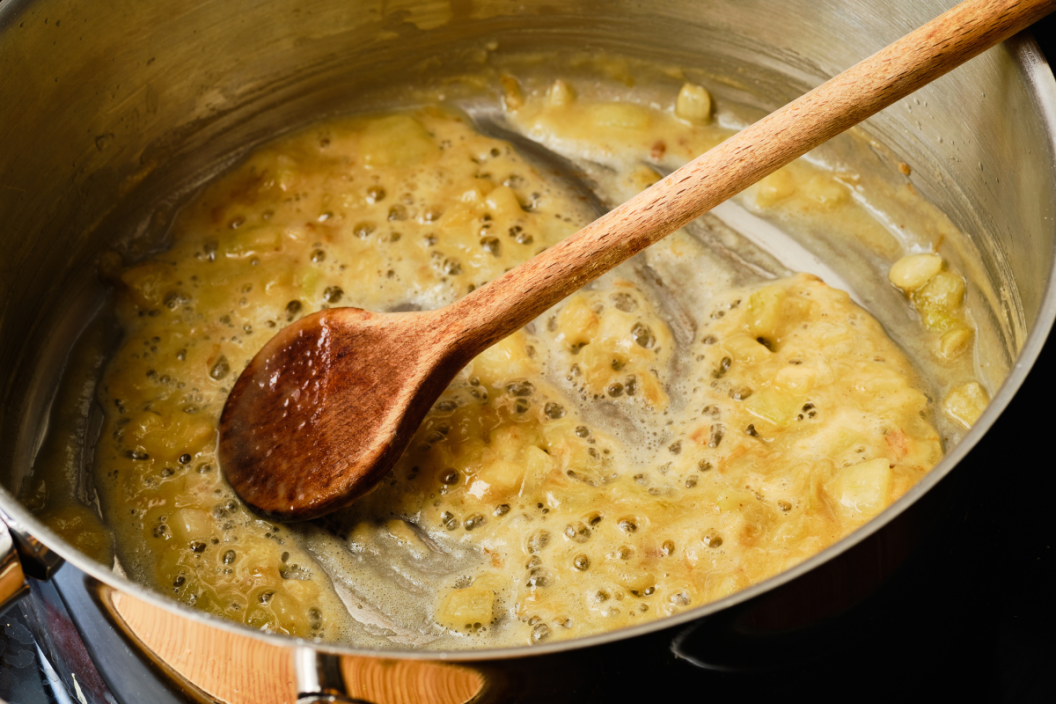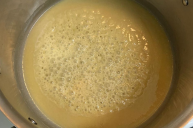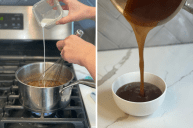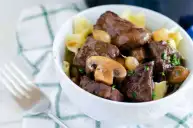What is a roux? Quite simply it's equal parts flour and fat used as a thickening agent in sauces and gravies. The fats can vary, but the most common is butter and a traditional roux is always made with wheat flour.
Videos by Wide Open Country
The roux has French culinary roots dating back to the 17th century under the reign of the Sun King according to the History of Gastronomy. According to Masterclass chefs and staff there are 4 stages or types of roux. To ensure the right flavor and consistency, each roux has a different color and cooking time.
4 Stages or Types of Roux
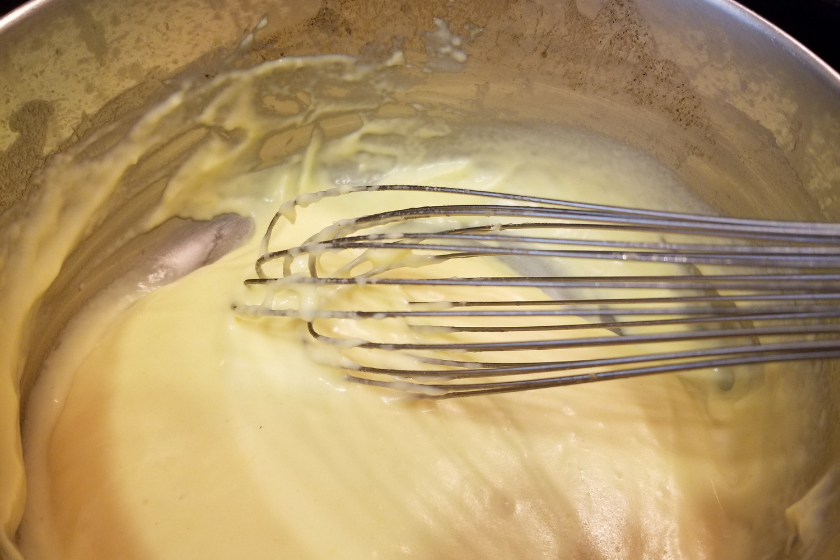
Stage 1 - White
You slowly cook and stir the flour and butter mixture for 2-3 minutes on low heat to remove the raw flour taste. It should kind of puff up. The white roux is used to make creamy white sauces, and soups like cream of mushroom soup, New England clam chowder, bechamel and mornay sauces.
Stage 2 - Blond
The flour and butter is also slowly cooked and stirred for approx. 4-6 minutes and has a toasted, nutty flavor. A blond roux is perfect for chicken or turkey gravies.
Stage 3 - Brown or Peanut
This roux is has a deeper brown color and nutty flavor, but it's lost some of its "thickening power" in comparison to the white and blond stages. This and the last stage are tricky in that there's no exact timing and it can burn quickly. The brown roux is ideal for beef gravies and other brown sauces like the mother sauce Espagnole.
Stage 4 - Dark Brown or Brick
The dark brown roux has the deepest flavor with virtually no thickening power. It's also the hardest to master in that it's literally a few seconds away from being burned. This roux is primarily used to add depth of flavor in low country, Cajun and Creole dishes like gumbo.
Mother Sauces
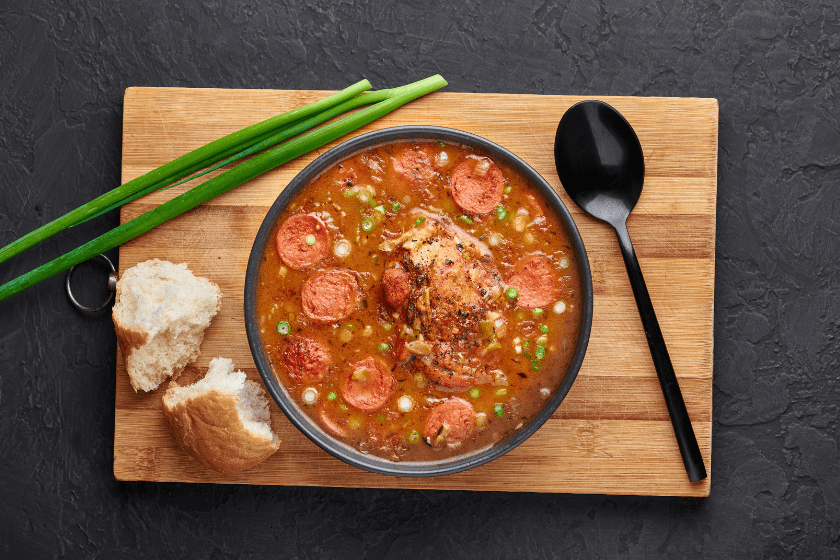
In addition to gravies and soups, rouxs are used in 3 out of 5 French Mother Sauces— béchamel sauce, velouté sauce and sauce Espagnole. I've never heard of the latter two until I researched roux. However, I'm familiar with bechamel which I use to make a mornay sauce for my Magnificent Macaroni and Cheese.
So how do you make a proper roux at any stage? Here are my Top 5 tips for the perfect roux:
- Choose the right pot or pan for the dish. Lighter sauces should be cooked in a heavy-bottomed saucepan, our Dutch oven. Darker sauces can be made in cast iron, but you need to preheat your pot or pan on low.
- Keep it low and slow. Add the butter or oil first and then sprinkle the flour over the melted butter. It should look a little like paste. You may need to add a little more flour to form the paste. Sprinkle a ½ teaspoon to get the right ratio - If it's too much flour add a ¼ tsp of butter. If you don't have enough butter it won't cook properly.
- Be patient and keep it moving preferably with a wooden spatula until it reaches the desired color for your dish. You'll need a good wired whisk for a smooth sauce or soup.
- Don't walk away - you'll ruin your roux. Like caramel, it's only a few seconds difference between deep flavor and color and burned.
- Always add warm or room temperature - not hot or cold liquids. If the broth or milk is too hot or cold it could cause lumps.
